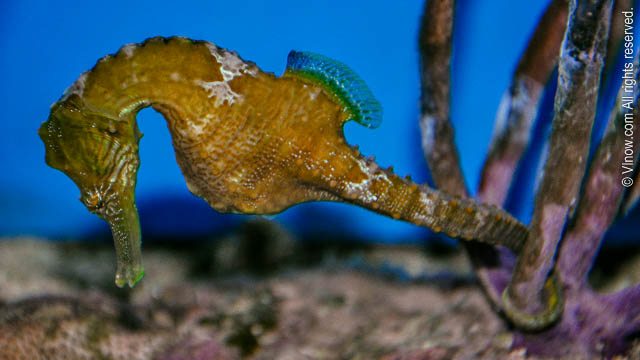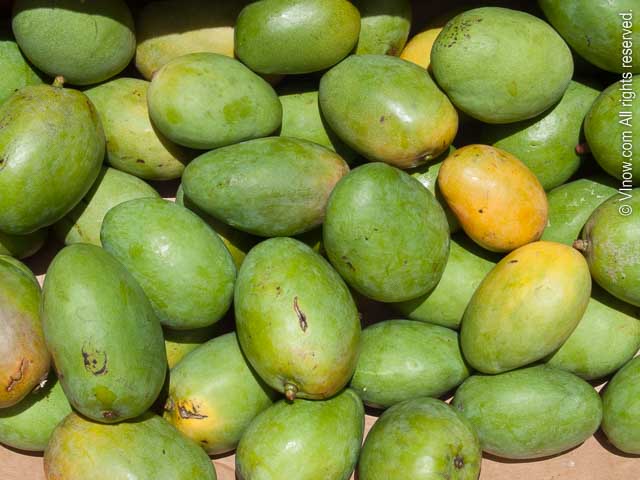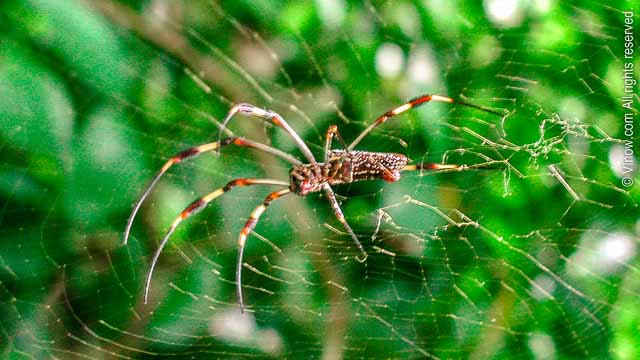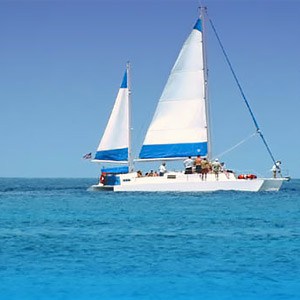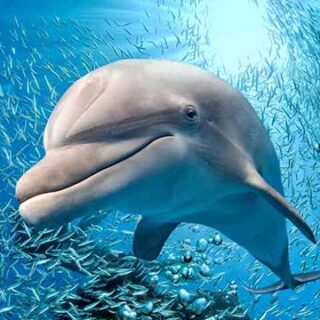A dance, joined they slowly move together, their heads touch… sounds romantic doesn’t it? This is seahorse courtship, and it’s just the beginning! If a pair bond forms it may last the entire breeding season and possibly over several seasons – monogamous fish. And most interesting, it is the male that becomes pregnant and during his pregnancy his mate will visit daily for a few minutes of swimming together, tails entwined.
Male parental care is not unheard of in marine animals; seahorses however are the most extreme form in any animal discovered to date. Once a male and a female seahorse find interest in each other, they begin their courtship dance. It goes on for several days until the eggs are ready. Then the female deposits them into the male’s pouch where they are fertilized and where tissues and fluid envelop the eggs providing nutrients and oxygen.
The bond between the two seahorses is reinforced through daily greetings, they may change colors when together, rub their heads and join tails and swim together for a few minutes. They then separate for the rest of the day. Pregnancy lasts between two and four weeks. The young are miniature versions of the adults. They are independent from birth, and receive no further parental care. The number of young released averages about 100-200 for most species, but can be a low as five for smaller species, or as high as 1,500.
Seahorses belong to the genus Hippocampus, from the Greek words for horse (hippos) and sea monster (campus). The number of known seahorse species is around 32-35, the number will likely change as these animals are better studied. They are found all around the globe in warm to temperate regions.
Around North America, down Central America and in the Caribbean there are four known species. They are the very small Dwarf Seahorse (Hippocampus Zosterae) which is only about an inch long. The Pacific Seahorse (Hippocampus Ingens) which can grow to about a foot long. The Lined Seahorse (Hippocampus Erectus) which is a rather chunky seahorse. And the Longsnout Seahorse (Hippocampus Reidi), named for its long snout.
Sightings of seahorses in the U.S. Virgin Islands are rare. The species most commonly sighted is the Longsnout Seahorse. It is typically found among mangrove roots, seagrass beds, artificial structures and coral. Its body is slender but it is large as far as seahorses go; it can grow up to 6 inches. Its coloring varies and can include red, soft yellow, redish-orange and mustard yellow. It often has many dark spots.
Seahorses have long, bone like snouts. The males use their snouts when fighting for territory. Their bodies are slim and taper to a prehensile tail which they use to hold onto vegetation. Their snouts have another important purpose, for eating. Seahorses have no teeth or stomach. They swallow their meals of tiny shrimp and small fish whole by sucking them in through their snout.
Seahorses swim in an upright position and are more adapted to maneuverability than speed. Camouflage is their best defense from predators. They may change color and can grow skin filaments over time that matches the texture of their environment; this helps them blend in with their surroundings. Because they are poor swimmers they are generally found resting with their tails around a stationary object.
Virtually all seahorses are listed as at risk. Seahorses are sensitive to their environment. Their habitats are damaged from natural occurrences like storms and from human involvement like poor boating practices, freshwater flooding, pollution and dredging. Seahorses also face overfishing, primarily for traditional medicine but also for home aquariums and as souvenirs.
Learn more about these interesting marine animals at: The Seahorse Project.
Did you Know: Seahorses have a coronet on their head, which is said to be distinct to each seahorse, similar to human fingerprints.
Photographs provided by: Coral World Ocean Park, St. Thomas and N2 the Blue Diving Adventures, St. Croix.

